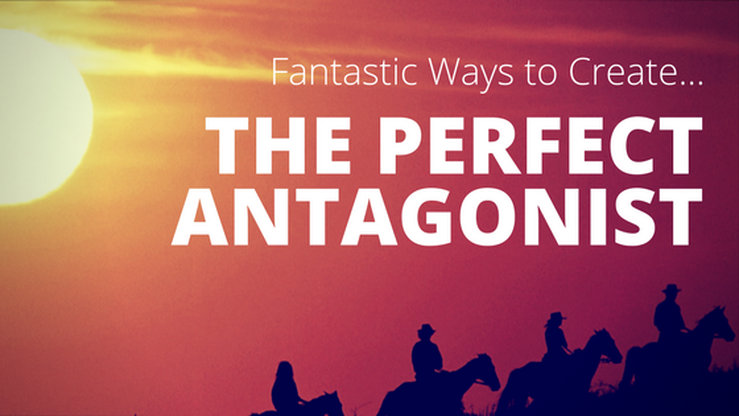by Megan HigginsonAntagonist: one that contends with or opposes another This month my writer’s group met to discuss antagonists, the bad guys of our novels, in a courtyard of a local café, beneath a maple tree that would periodically rain gorgeous red and gold autumn leaves down on us. The previous month we had dived deep into tone words. For us as a group, we had never looked in depth at the bad guys in our novels. Recently, while working on my novel, I discovered a new character. I was so excited, but I did not know anything about him accept that I didn’t trust him even though he seemed nice. When Ester, who was running the workshop for this month’s writers’ group, started talking about what makes a great antagonist, we got excited. We are keen to learn anything that will improve our story, and our story telling. Ester had been watching Cy Porter's, 'Creating the Antagonist,' on YouTube. (He really gets stuck into it about 11 minutes). As well as Cy's, 'Creative Writing: Creating Villains We Love to Hate'. So, here are some of the questions that Ester had us ask us about our antagonist:
Allow these characteristics to become part of your bad guy creation In her article for the Writer’s Digest, 6 Ways to Write Better Bad Guys by Laura DiSilverio, she says regarding antagonists, ‘they’re just as important to good stories as the protagonists are. If your antagonist is not fully realized, lacks depth or is a caricature of evil, your story will suffer.’ Her article brought out six points, two that I had never thought of:
All these tips show that we need to be creative in the ways we structure our protagonist and antagonist interactions. This fascinating information got Jacqui, Ester, and I enthusiastic about our current W.I.P. (Work in Progress). This was also the first month that we ended up working on our current W.I.P., and not use a prompt and make something new, and we were excited to get started on ramping up the tension in each of our stories. In approaching my recently discovered character (in my current W.I.P.) who is a bad guy, I have come up with a new way to ramp up the tension in my story. One way is to make one of my good guys an antagonist. How can my lovely, kind, caring brother become the antagonist? I’m also playing with peoples’ perceptions of others. Are the good guys really good? Are the bad guys really bad? Do we treat others through a filter of what we have been told about them? How will this affect the interactions with the antagonists and the protagonist? All this is brilliant in adding an extra depth to your story. I'm off to create some havoc in my story. Make sure to check out the next two videos. These two women had some fun and creative ways to look at using antagonists in your stories. Extra resources: How to Make Your Villains Awesome by Ava J (bookishpixie) How to Write a Villain by Jenna Moreci And for those writing kids lit, this is for you. Top 10 Ways to be Evil in Children’s Books by William Sutcliffe Happy writing. If you enjoyed this post, please feel free to like, and share.
2 Comments
18/5/2017 08:10:51 am
Excellent advice for those starting out and for established authors too. Many thanks for sharing, Megan. Helen
Reply
18/5/2017 12:53:16 pm
Yay! I'm so pleased that you have found it helpful. Thanks Helen.
Reply
Your comment will be posted after it is approved.
Leave a Reply. |
AuthorOn my blog you will find: Categories
All
Click to set custom HTML
|



 RSS Feed
RSS Feed